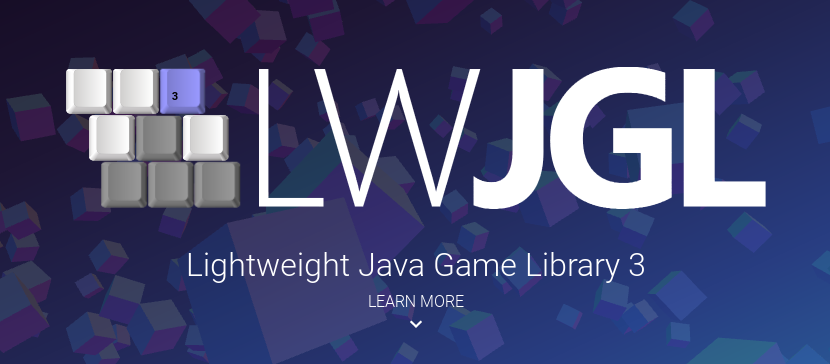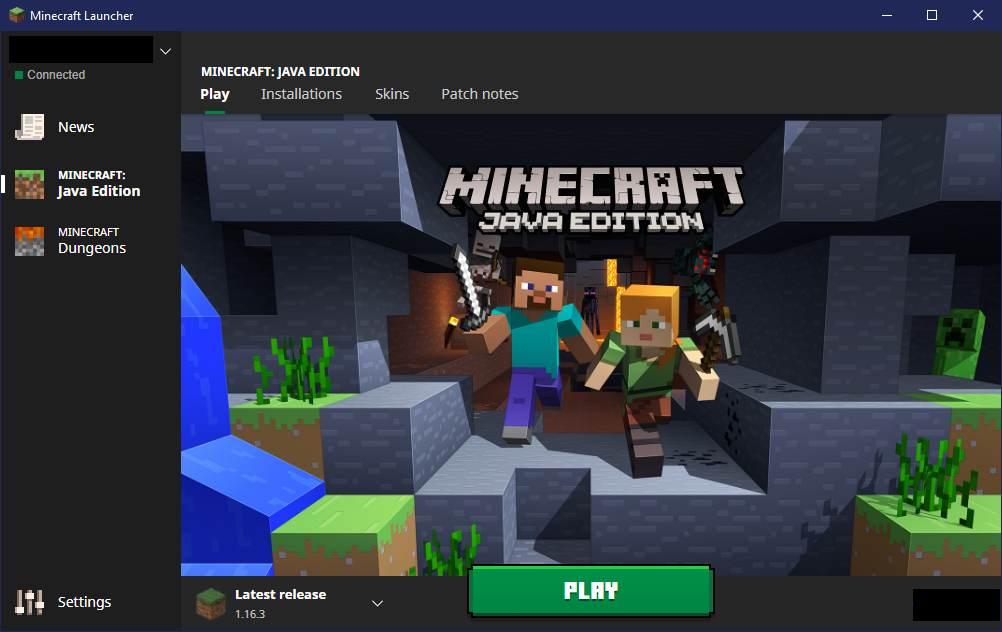

Initially developed to serve as a software sketchbook and to teach fundamentals of computer programming within a visual context, Processing also has evolved into a tool for generating finished professional work". Processing is "an open source programming language and environment for people who want to create images, animations, and interactions. The only demo I tried did not work - a lot of stuff was downloaded, the screen mode changed, and then it was gone. The demos are deployed using Java Web Start. jME is completely open source under the BSD license". Currently, both LWJGL and JOGL are supported. Using an abstraction layer, it allows any rendering system to be plugged in.
#Java lwjgl wiki full
jME was built to fulfill the lack of full featured graphics engines written in Java.

JME (jMonkey Engine) is "a high performance scene graph based graphics API.

#Java lwjgl wiki code
I've found a number of games online that use PulpCore, although I can't find the source code for any of them: The PulpCore main page briefly discusses a number of similar frameworks: Slick, jME, Processing, JGame, GTGE, and Project Scene Graph. It uses PulpCore, and includes at least one simple arcade game that runs as an applet. Also, PulpCore is designed for ease of development with an intuitive API and a smooth, uninterrupted workflow." The site includes 20 or so simple example applets with complete source code.Ĭloning the classics is an "internet homage to the great classic arcade games from the Golden Age of Video Arcade Games". It allows Java developers to create modern-looking 2D web games with a strong focus on animation and positive user experiences. PulpCore is "a free, open source (BSD license) 2D rendering and animation framework for the Java plug-in.


 0 kommentar(er)
0 kommentar(er)
